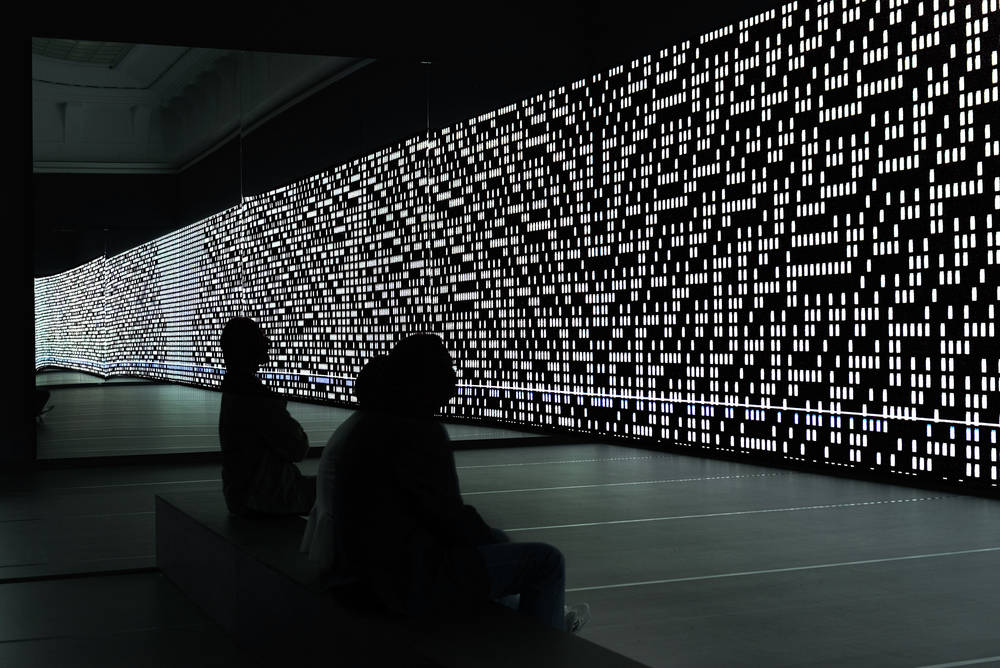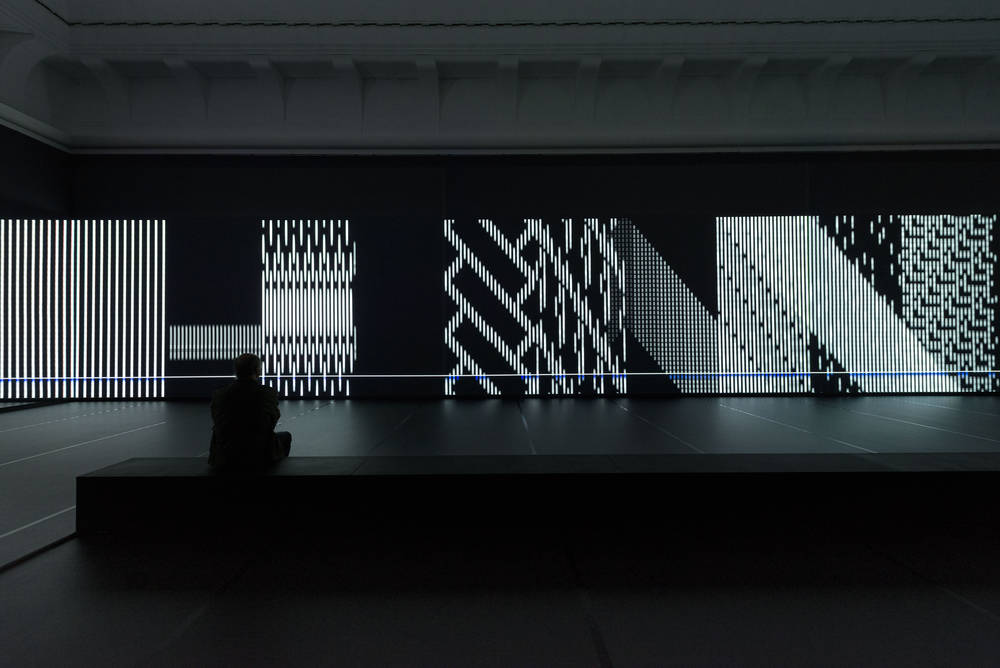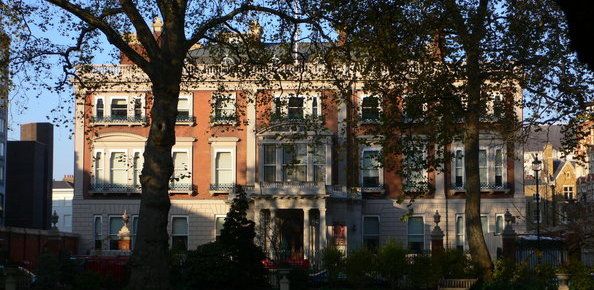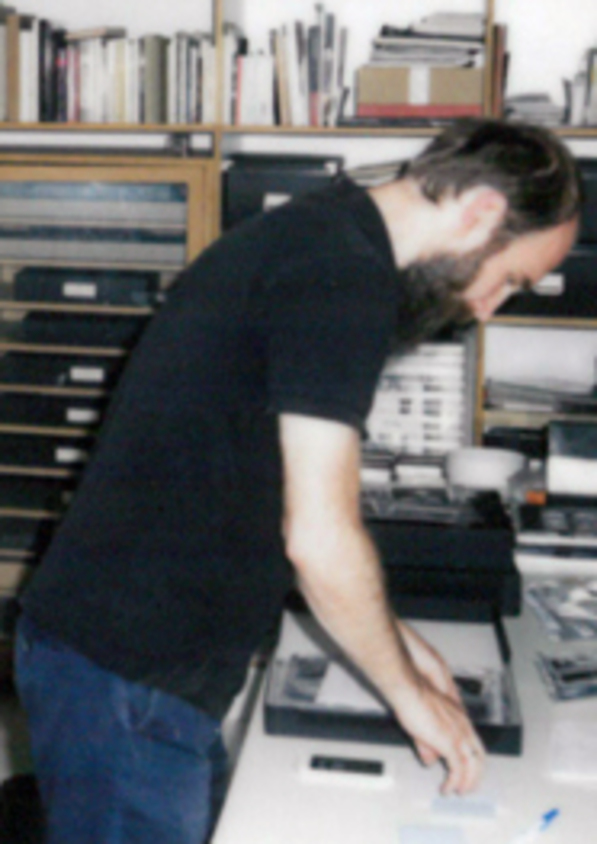Carsten Nicolai presents a monumental installation in his hometown of Chemnitz. Max Hollein on an artist who with his work has forever been opening up new aesthetic dimensions.
The feeling I immediately and instinctively had when, almost 20 years ago, I experienced a Carsten Nicolai concert for the first time, meaning an artwork by him, was: This is the art of today, and this is art for the future. These are pieces that give rise to an impressive world of artistic endeavor with action and reaction, input and output within a deliberately reduced vocabulary. Experimentation, models, equations, rules and regularities materialize in a form that is intrinsically open to multisensory experience.
Carsten Nicolai’s work has from the outset featured principles that are crucial to art today: copying, transposing, translation as creative impulse, fragmentation, focusing, a lack of precision and errors as fruitful artistic modulation, the conscious false interpretation of signals, all opening up new aesthetic dimensions.

For all their powerful impact on the senses and suggestive reach, it is the hard-edged and stringent thrust of his works that makes them so fascinating. The condensation of a multisensory phenomenon, a complex scientific issue, a fundamental evolutionary system – in a completely novel, unique aesthetic form. Abstraction not as some opposite to figuration, but as an element in reducing complexity, in minimizing variables within an over-arching metaphorical system.
Carsten’s works, his images, sculptures, films, installations, concerts and architectures give rise to an all-permeating form of artistic expression, as they focus on the quintessence and likewise act within a set of rules that is constantly being redefined and functions like a model to follow. His are multisensory artworks that implode in an elementary event and can evoke an incisive experience in viewers: Difference mutates into convergence. Nicolai’s complex modulations of light, sound, time and space do not offer heuristic models or visualizing exercises on scientific phenomena, but are instead acutely focusing aesthetic arrangements and impressive artistic amplifiers of our multisensory perception of the world, as well as of the rules and explanatory models we have for centuries developed to cognitively process it.
Nicolai’s complex modulations of light, sound, time and space are artistic amplifiers of our multisensory perception of the world

In 2005, SCHIRN presented “Anti Reflex”, a major exhibition of the oeuvre of artist Carsten Nicolai in Frankfurt. Back in 2002 he took part as an artist, musician, and key organizer of the “Frequencies [HZ]” exhibition at the SCHIRN.
At Kunstsammlung Dresden his work “unitape” is on show until November 8, 2015. Carsten Nicolai purpose-created the monumental audio-visual installation for the museum in his hometown of Chemnitz.
Cover image: Carsten Nicolai, 2008, photo: Sebastian Mayer

MUSEUMS THAT REALLY STILL ARE INSIDE TIPS
Having to queue for three hours is quite common outside the entrances of renowned international museums. By contrast, Max Hollein presents museums...

SANTA CLAUS IN LJUBLJANA
Tracking down one of the least known renowned artists in the world: Matthias Ulrich visits Ulay in Slovenia and discovers enough material in Ulay’s...